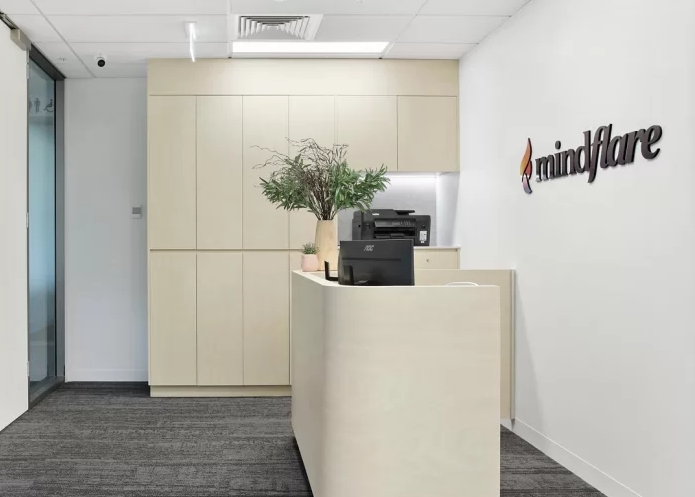

When it comes to medical facilities, the design of the space plays a crucial role in ensuring the well-being of patients and staff. A well-designed medical facility not only enhances the overall experience for everyone involved but also contributes to better patient outcomes.
One of the key reasons why a well-designed medical facility is important is because it promotes efficiency and productivity. A carefully planned layout can help streamline workflow, reduce wait times, and improve communication among healthcare providers. This ultimately leads to faster diagnoses, more effective treatments, and higher patient satisfaction.
Additionally, a well-designed medical facility creates a safe and comfortable environment for patients. Thoughtfully chosen colors, lighting, and furniture can help reduce anxiety and promote healing. Proper ventilation and infection control measures are also essential in preventing the spread of illnesses within the facility.
Furthermore, a well-designed medical facility can enhance the reputation of a healthcare organization. Patients are more likely to trust and recommend a facility that is clean, modern, and welcoming. A positive first impression can go a long way in building patient loyalty and attracting new clientele.
In conclusion, the importance of a well-designed medical facility cannot be overstated. From improving efficiency and patient outcomes to enhancing comfort and reputation, the design of a healthcare space has far-reaching implications. Investing in thoughtful planning and execution of a medical fitout is essential for providing top-notch care to those who need it most.
Sustainable design practices for environmentally-friendly medical fitouts can help reduce the carbon footprint of healthcare facilities while creating a healthier environment for patients and staff. Here are some key considerations to keep in mind when planning a sustainable medical fitout:
Energy-efficient lighting and HVAC systems: Opting for energy-efficient lighting fixtures and HVAC systems can significantly reduce energy consumption in medical facilities. LED lights, motion sensors, and programmable thermostats are just a few examples of eco-friendly options that can help lower utility costs and decrease greenhouse gas emissions.
Water-saving fixtures: Installing water-saving fixtures such as low-flow faucets, toilets, and showers can help conserve water resources in medical fitouts. By using less water, healthcare facilities can contribute to preserving this precious resource while also reducing operating costs.
Recycling and waste management: Implementing proper recycling and waste management practices is essential for maintaining an environmentally-friendly medical fitout. Setting up designated recycling bins for paper, plastic, glass, and other materials can help divert waste from landfills and promote a more sustainable approach to waste disposal.
Natural light and biophilic design: Incorporating natural light into the design of medical facilities not only reduces the need for artificial lighting but also creates a more inviting and healing environment for patients. Biophilic design elements such as indoor plants, green walls, and nature-inspired artwork can further enhance the well-being of occupants.
Non-toxic materials: Choosing non-toxic materials for furniture, flooring, paint, and other finishes is crucial for ensuring a healthy indoor environment in medical fitouts. Volatile organic compounds (VOCs) found in many conventional building materials can negatively impact air quality and pose health risks to patients with respiratory conditions.
Adaptive reuse of existing structures: Instead of constructing new buildings from scratch, consider repurposing existing structures or renovating older buildings to create sustainable medical fitouts. Adaptive reuse not only saves resources but also preserves the character of historic buildings while reducing construction waste.
Certifications & standards compliance: Seeking certifications such as LEED (Leadership in Energy and Environmental Design) or WELL Building Standard can validate the sustainability efforts put into designing environmentally-friendly medical fitouts. Compliance with these standards demonstrates a commitment to promoting occupant health, environmental responsibility, and resource efficiency within healthcare settings.
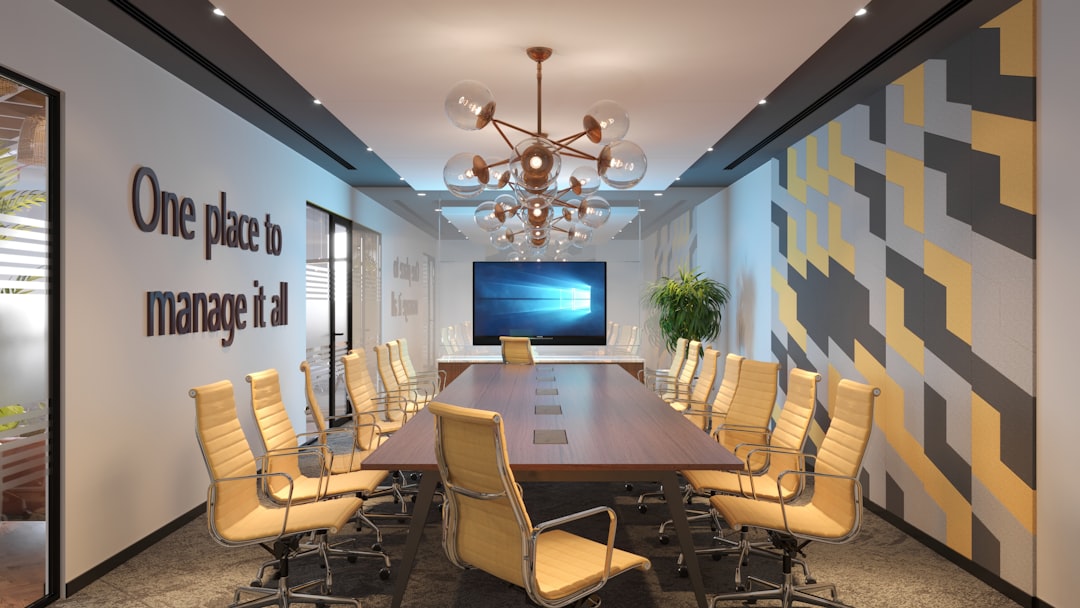
Designers and contractors play a crucial role in commercial office fitout projects.. Designers are responsible for creating the overall layout, flow, and aesthetic of the space.
Posted by on 2024-10-16
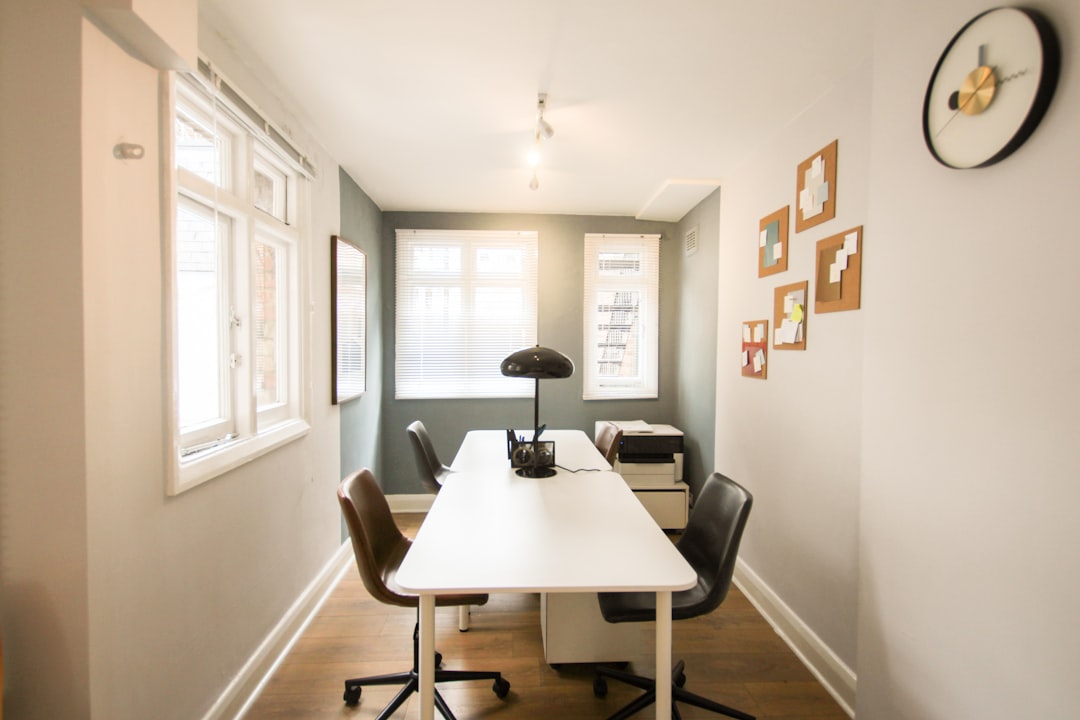
Boosting productivity and morale in the workplace is crucial for any organization looking to achieve success.. One effective way to do this is through professional fitouts.
Posted by on 2024-10-16
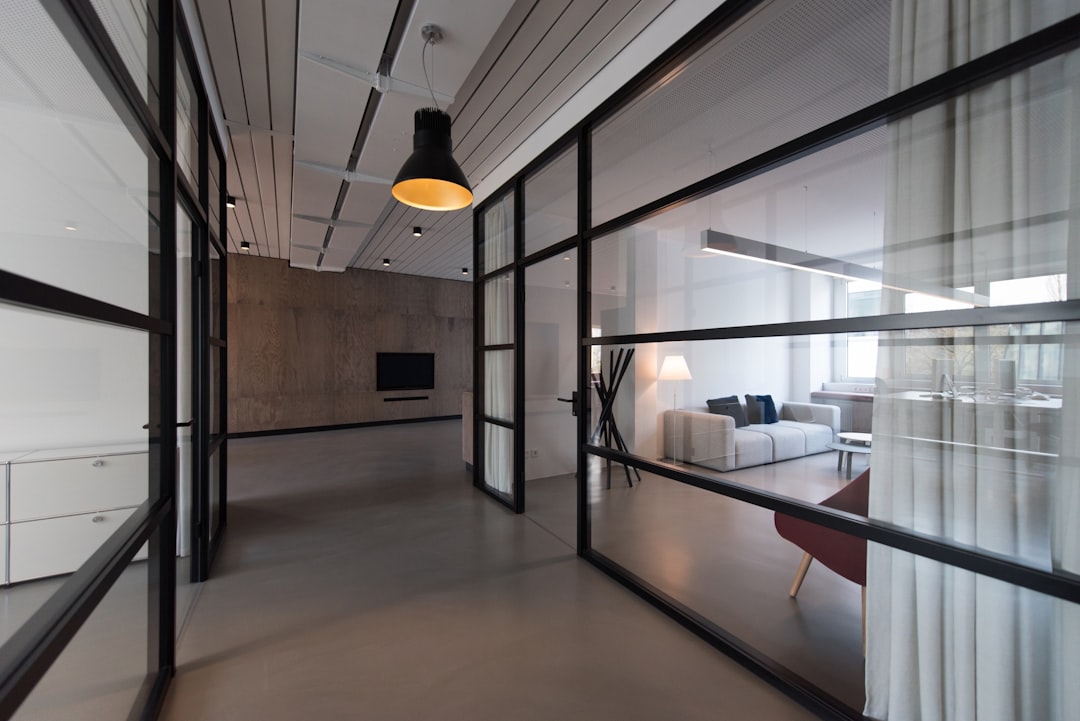
When planning a commercial office fitout, there are several important factors that should be taken into consideration.. One of the most crucial factors is the layout and design of the office space.
Posted by on 2024-10-16
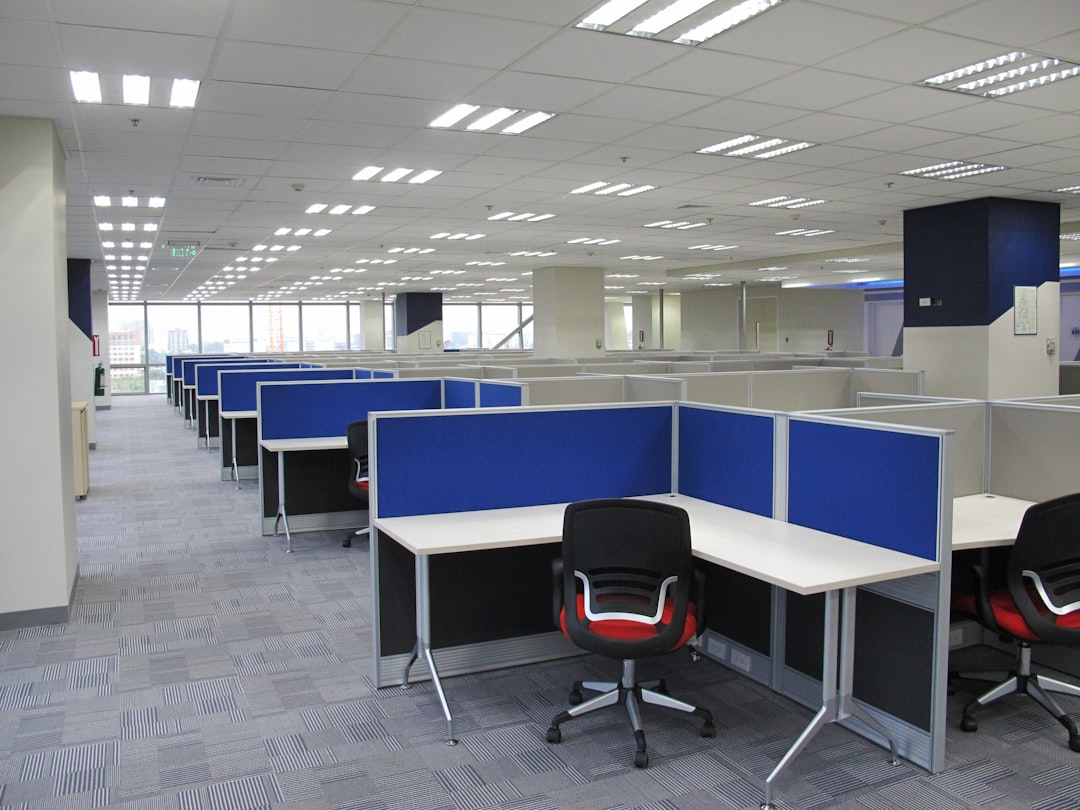
Investing in a professional office fitout can bring numerous benefits to your business.. From improving employee productivity to creating a positive first impression on clients, a well-designed office space can have a significant impact on the success of your company. One of the key benefits of investing in a professional office fitout is the boost it can provide to employee morale and productivity.
Posted by on 2024-10-16
A well-designed medical fitout plays a crucial role in ensuring optimal patient care and staff efficiency within healthcare facilities. From the layout of examination rooms to the selection of medical equipment, every aspect of the fitout can impact the overall experience for both patients and staff members.
Patient Comfort and Experience Patients visiting healthcare facilities are often anxious or in pain, so it is essential to create a calming and welcoming environment through thoughtful design choices. Comfortable waiting areas, soothing color schemes, and adequate privacy measures all contribute to enhancing the overall patient experience. A well-designed medical fitout can help alleviate stress and promote healing by prioritizing patient comfort.
Efficient Workflow for Staff Efficiency is key in any healthcare setting, as staff members need to be able to move quickly and effectively between tasks. A well-designed medical fitout takes into account the workflow of different departments and ensures that everything is easily accessible for staff members. This can include strategically placed workstations, organized storage solutions, and clear pathways for movement within the facility.
Optimal Use of Space Medical facilities often have limited space available, so it is important to make the most of every square foot. A well-designed medical fitout maximizes space utilization by carefully planning the layout of each area within the facility. This can involve using modular furniture, implementing smart storage solutions, and creating multi-functional spaces that serve multiple purposes.
Compliance with Health Regulations Healthcare facilities must adhere to strict regulations regarding cleanliness, safety, and accessibility. A well-designed medical fitout takes these regulations into account from the beginning stages of planning to ensure that the facility meets all necessary requirements. This not only ensures the safety and wellbeing of patients but also helps maintain a positive reputation for the healthcare provider.

The timeline for completing a medical fitout project can vary depending on the size and complexity of the space, but it generally takes several months from planning to completion.